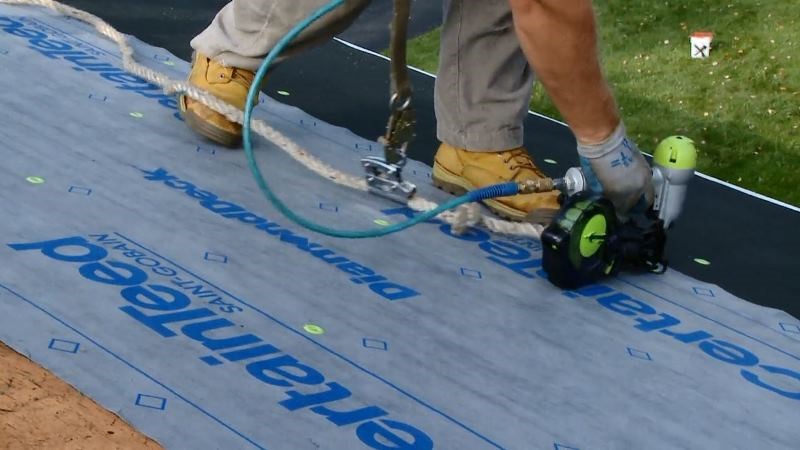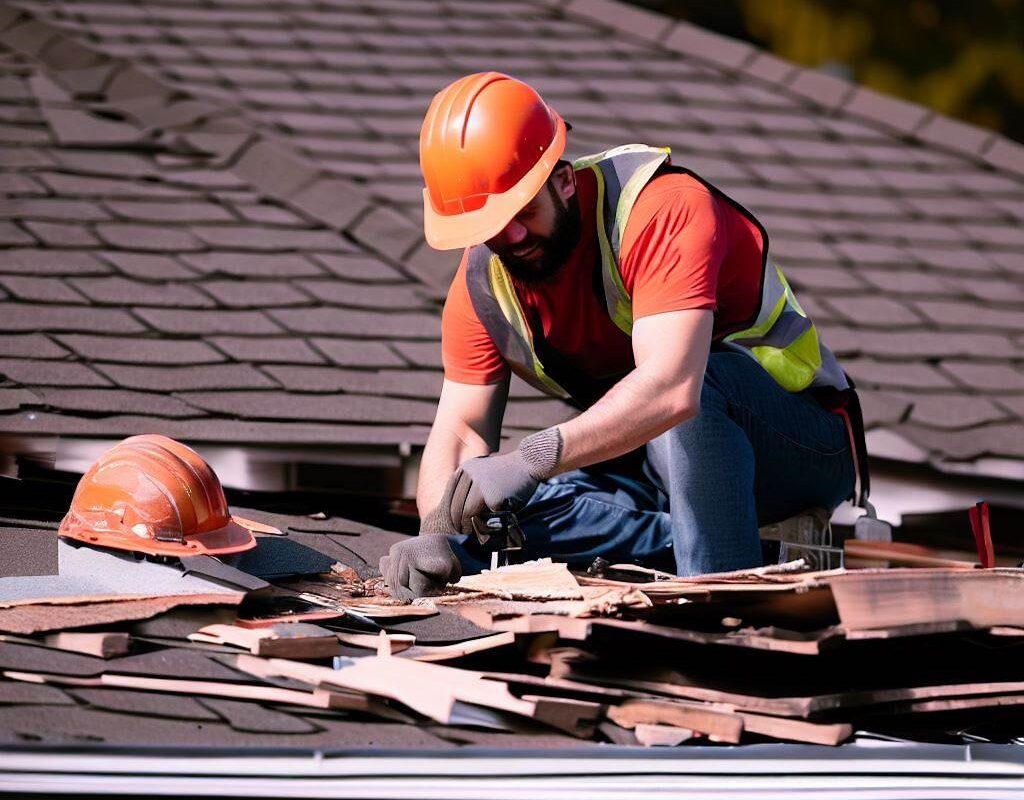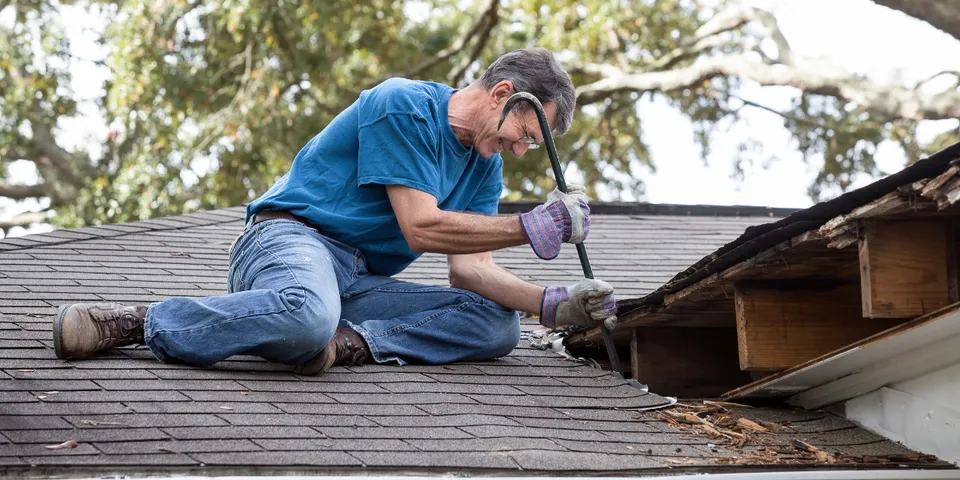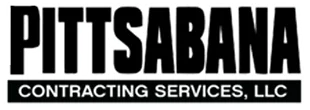When it comes to ensuring a long-lasting and reliable roof, one of the essential components to consider is roofing underlayment. Pittsabana, a contracting service in Pittsburgh, Pennsylvania, understands the importance of effective solutions for your roofing and guttering needs. In this comprehensive guide, we will delve into the world of roofing underlayment, covering topics such as its definition, pros and cons, necessity, different types, water-resistant options, and how to choose the right underlayment for your roof.
What is Roofing Underlayment?
Roofing underlayment refers to a protective layer installed between the roof deck (the structural component of the roof) and the primary roofing materials, such as shingles or metal panels. It acts as an additional barrier that provides various benefits, including enhanced waterproofing and weather resistance.
Roofing underlayment serves as a secondary line of defense against water infiltration and helps to prevent potential damage to the roof deck and the interior of the building. It is designed to protect the roof from factors such as rain, snow, ice, and wind-driven rain. Additionally, underlayment can offer temporary protection during the roof installation process and act as a safeguard if the primary roofing materials become damaged or detached.
Underlayment materials typically consist of asphalt-saturated felt, synthetic materials like polypropylene or polyester, or a combination of both. Traditional options like asphalt-saturated felt, also known as roofing felt, have been commonly used for many years. However, synthetic underlayment has gained popularity due to its superior durability, resistance to tearing, and enhanced features like slip resistance and self-sealing capabilities.
Pros and Cons of Roof Underlayment
Roof underlayment is an additional layer of protection installed between the roof deck and the roofing materials. It offers several benefits but also has some drawbacks. Let’s explore the pros and cons of roof underlayment:
Pros of Roof Underlayment:
- Enhanced Waterproofing: One of the primary advantages of roof underlayment is its ability to provide an extra layer of waterproofing. It acts as a barrier against water infiltration, protecting the roof deck and interior of the building from potential leaks and water damage.
- Improved Weather Resistance: Roof underlayment adds an extra level of protection against various weather elements. It helps to prevent wind-driven rain, snow, and ice from penetrating the roof and causing damage. By acting as a shield, underlayment helps to preserve the integrity of the roof and extend its lifespan.
- Extra Protection during Roof Installation: Roof underlayment offers temporary protection during the roof installation process. It safeguards the roof deck from any potential damage that may occur during the construction phase. This can be particularly beneficial when delays in roofing installation occur or if unexpected weather conditions arise.
- Secondary Defense: Underlayment serves as a secondary defense if the primary roofing materials, such as shingles, become damaged or detached. It can provide temporary protection until repairs or replacements can be made, minimizing the risk of water intrusion.
Cons of Roof Underlayment:
- Additional Cost: Including roof underlayment in your roofing project adds an extra cost. The price of underlayment materials and installation should be considered when budgeting for your roofing project. However, it is important to weigh this cost against the long-term benefits and potential savings that underlayment provides by protecting the roof and reducing the risk of costly repairs.
- Installation Complexity: Proper installation of roof underlayment requires specific techniques and skills. It is crucial to ensure that the underlayment is installed correctly to maximize its effectiveness. Improper installation can compromise its ability to provide adequate protection and may lead to performance issues.
- Limited Lifespan: While roof underlayment provides additional protection, it typically has a shorter lifespan compared to the primary roofing materials. The lifespan of underlayment can vary depending on the type of material used and environmental factors. Regular inspections and maintenance are necessary to identify any signs of wear or damage and address them promptly.
- Compatibility with Roofing Materials: Not all types of underlayment are compatible with every roofing material. It is important to choose an underlayment that is suitable for the specific roofing materials being used. Consult with a professional roofing contractor to ensure the underlayment is compatible and will provide optimal performance.
Overall, the benefits of roof underlayment, such as enhanced waterproofing and improved weather resistance, often outweigh the drawbacks. When properly selected and installed, underlayment can significantly contribute to the longevity and durability of your roof. It is advisable to consult with roofing experts like Pittsabana to determine the most suitable underlayment options for your specific roofing needs.
Is Underlayment Necessary for a Roof?
While underlayment may not be legally required in all areas for roofing projects, it is generally recommended and considered beneficial for most roofs. Underlayment serves several important purposes that contribute to the overall protection and durability of a roof.
Waterproofing: Underlayment acts as an additional layer of defense against water infiltration. It helps to prevent water from reaching the roof deck, protecting it from potential leaks, rot, and moisture damage.
Weather Resistance: Underlayment provides a barrier against various weather elements, such as wind-driven rain, snow, and ice. It helps to shield the roof and interior of the building from potential damage caused by these weather conditions.
Secondary Defense: Underlayment serves as a backup layer of protection if the primary roofing materials, such as shingles, become damaged or compromised. It can provide temporary protection until repairs or replacements can be made, minimizing the risk of water intrusion.
Protection during Roof Installation: Underlayment offers temporary protection during the roofing installation process. It safeguards the roof deck from potential damage that may occur during construction, ensuring that the roof is adequately protected from the start.
Code Compliance: In some regions, building codes may require the use of underlayment as part of the roofing system. It is important to consult local regulations and building codes to determine if underlayment is mandatory in your area.
While underlayment is highly recommended for most roofing projects, it is essential to consider specific factors such as climate, roof design, and local building codes when deciding whether to include underlayment. Consulting with professional roofing contractors, such as Pittsabana, can provide valuable insights and recommendations based on their expertise and knowledge of local requirements. Overall, underlayment plays a significant role in protecting the roof and enhancing its longevity. It is an investment that can provide added peace of mind and help ensure a durable and reliable roofing system.
Conclusion
Roofing underlayment plays a vital role in protecting your roof, increasing its durability, and preventing potential issues such as leaks and moisture damage. Pittsabana understands the importance of using the right underlayment for your roofing and guttering needs. By choosing the appropriate underlayment based on climate, durability, compatibility, and budget considerations, you can ensure a robust and long-lasting roof that withstands the test of time.
Remember, when it comes to roofing underlayment, investing in quality materials and relying on professional expertise are crucial steps towards achieving a sturdy and well-protected roof.






